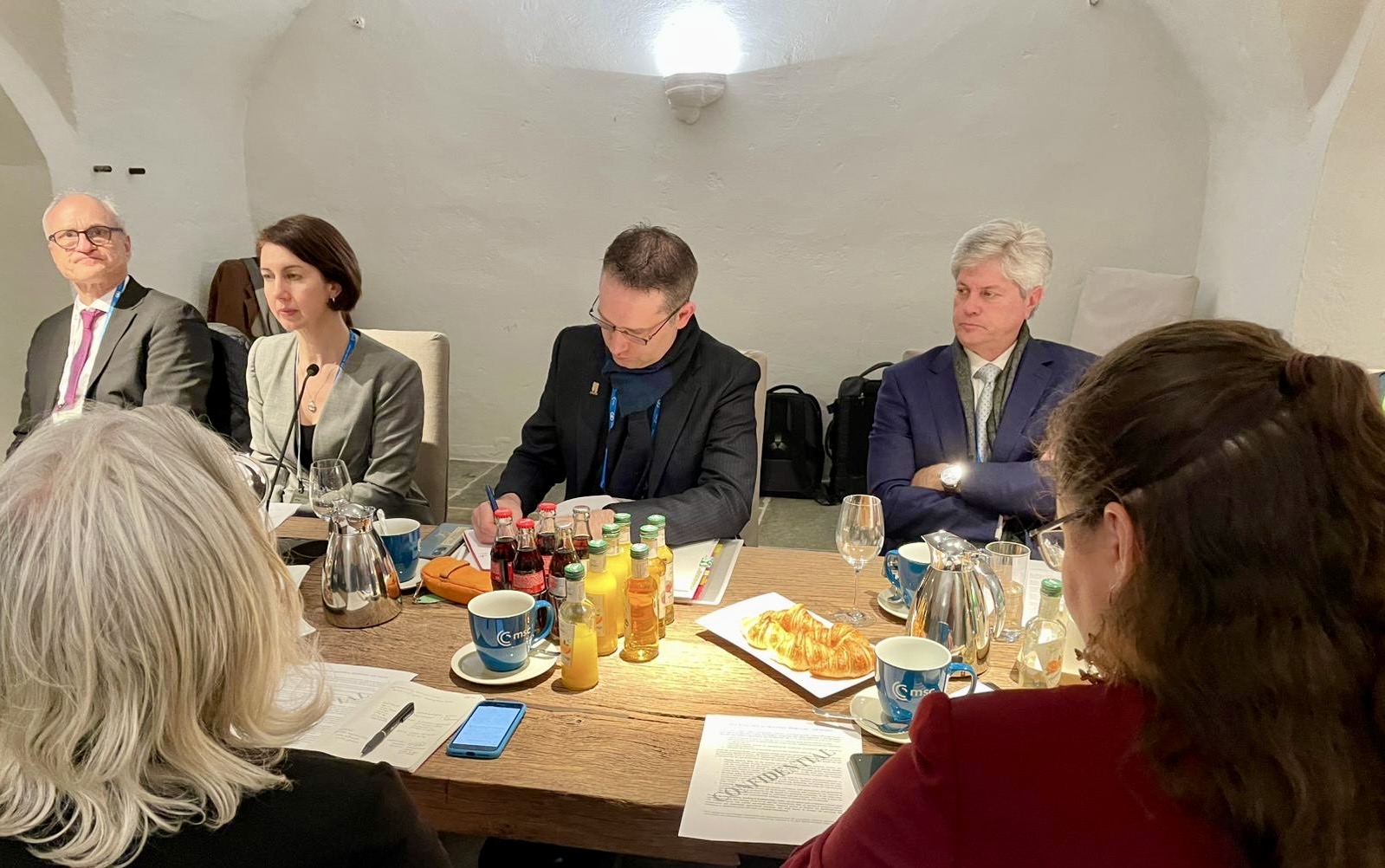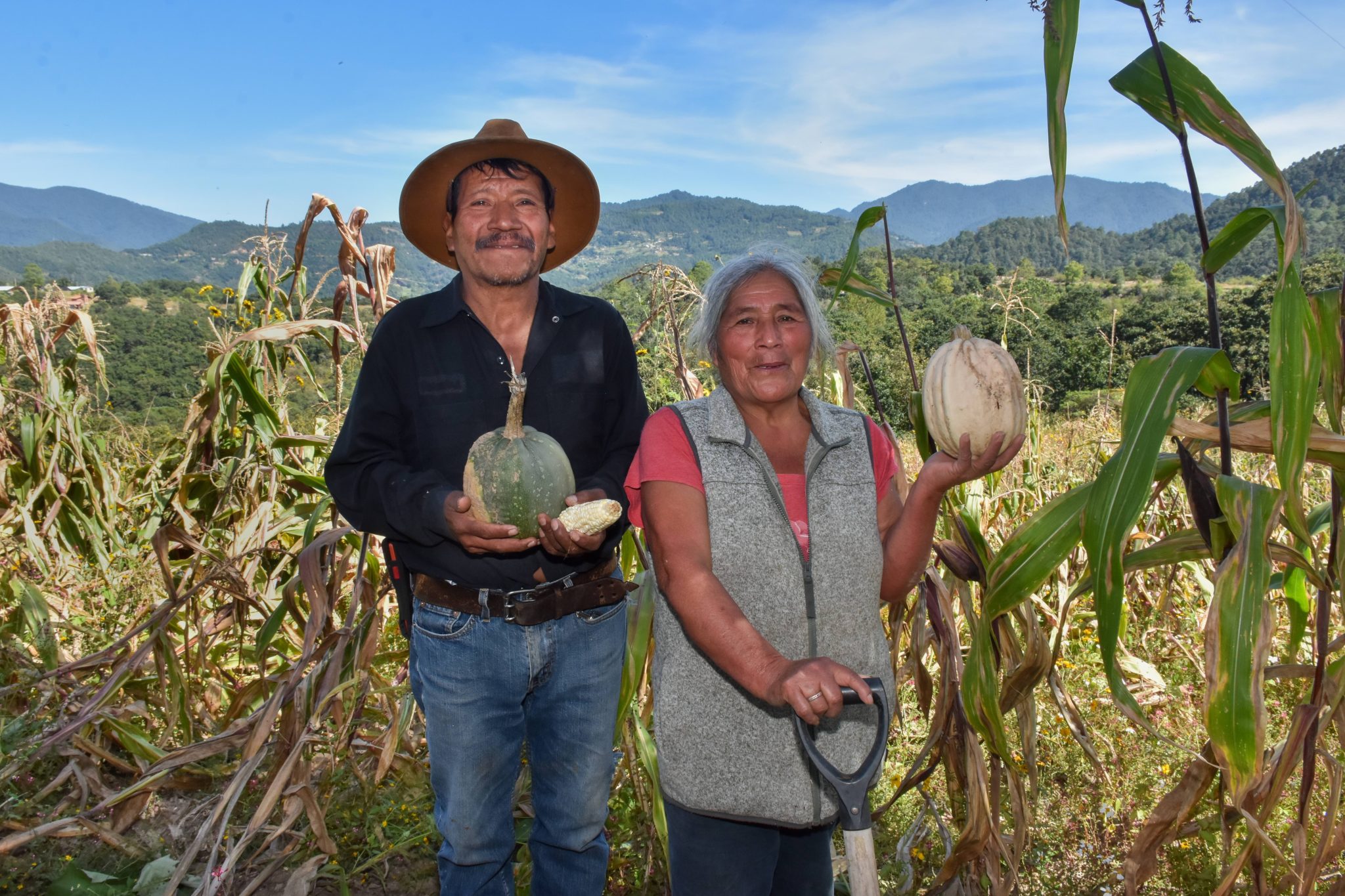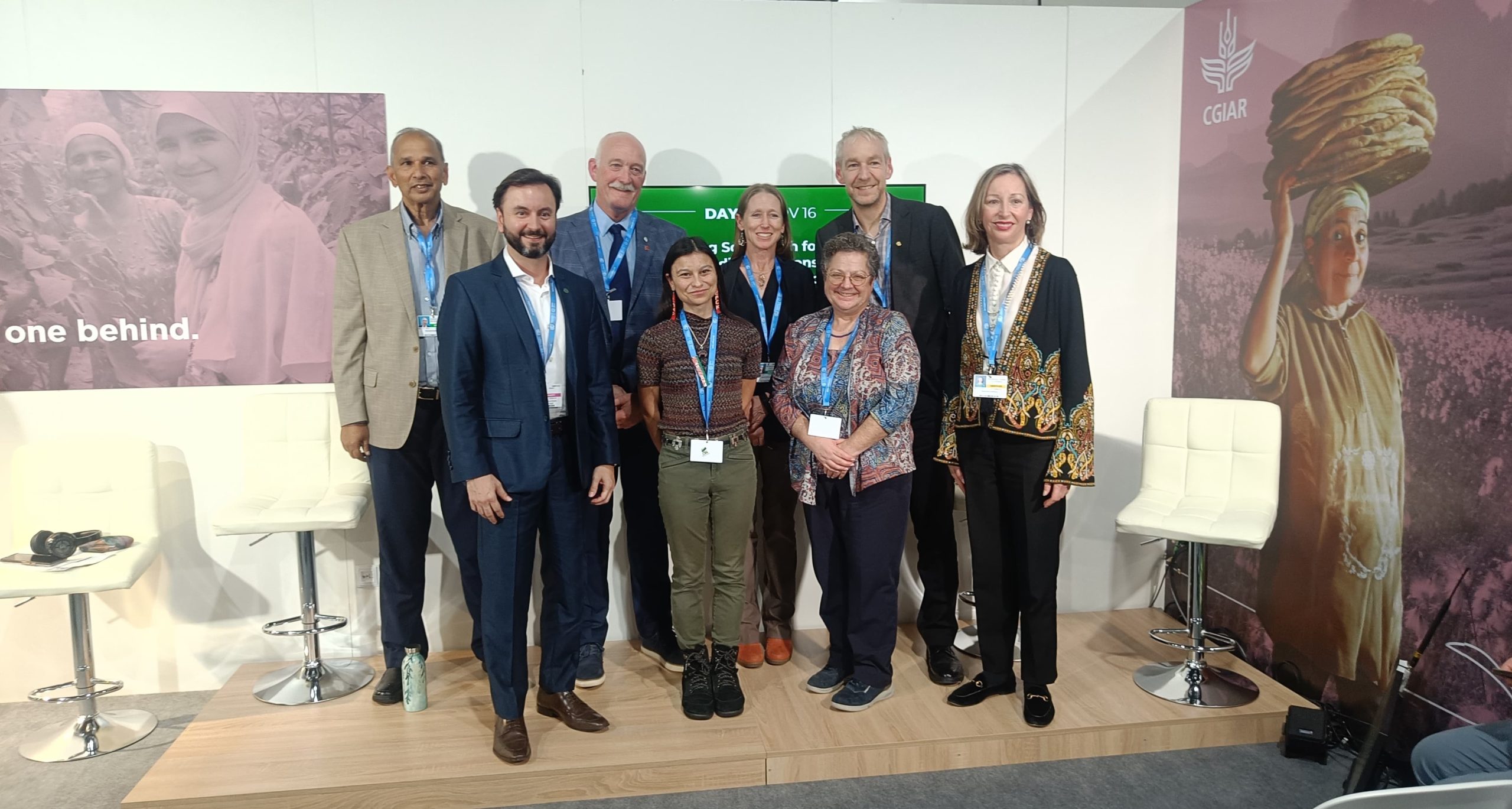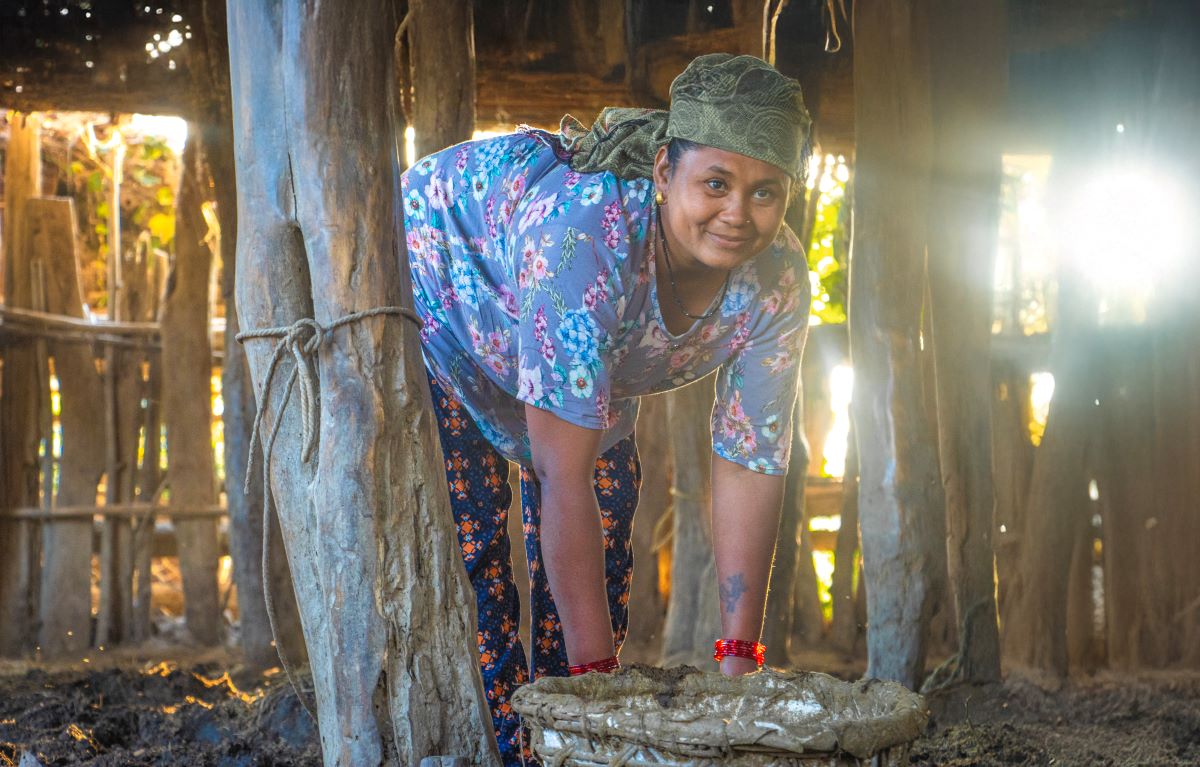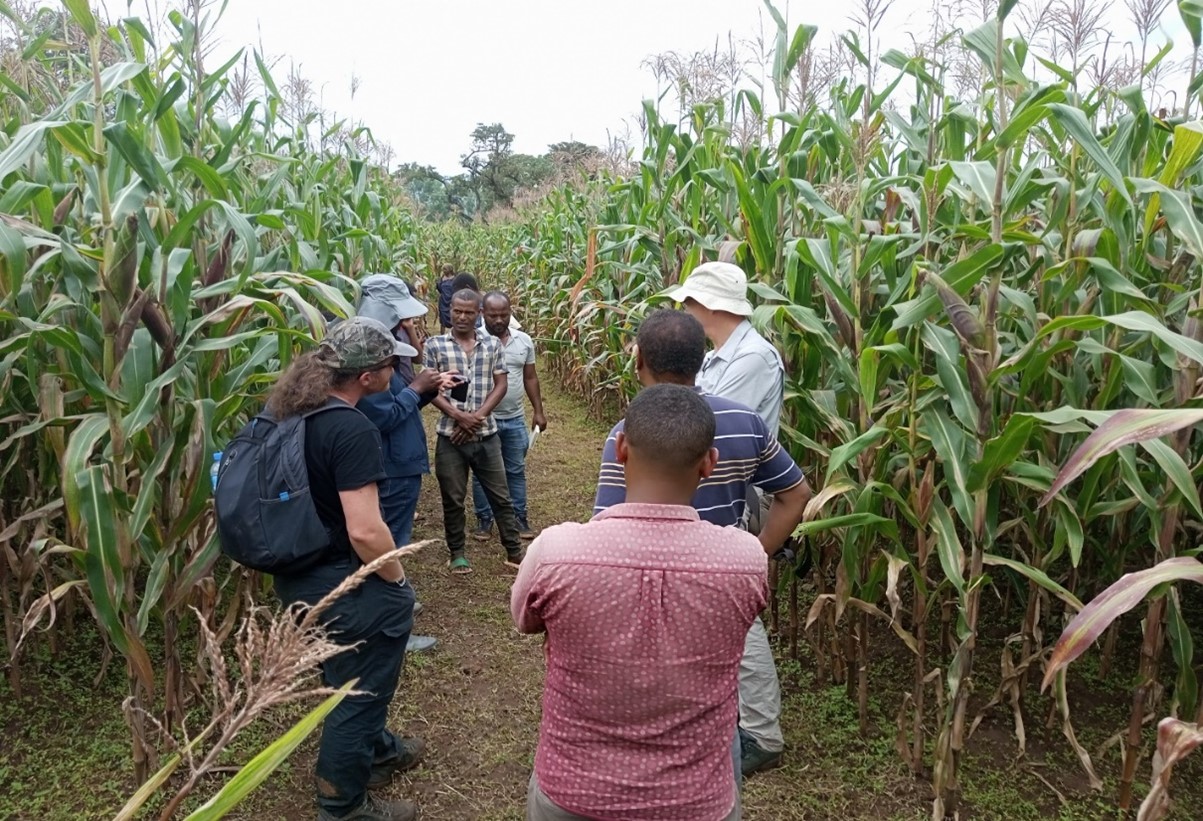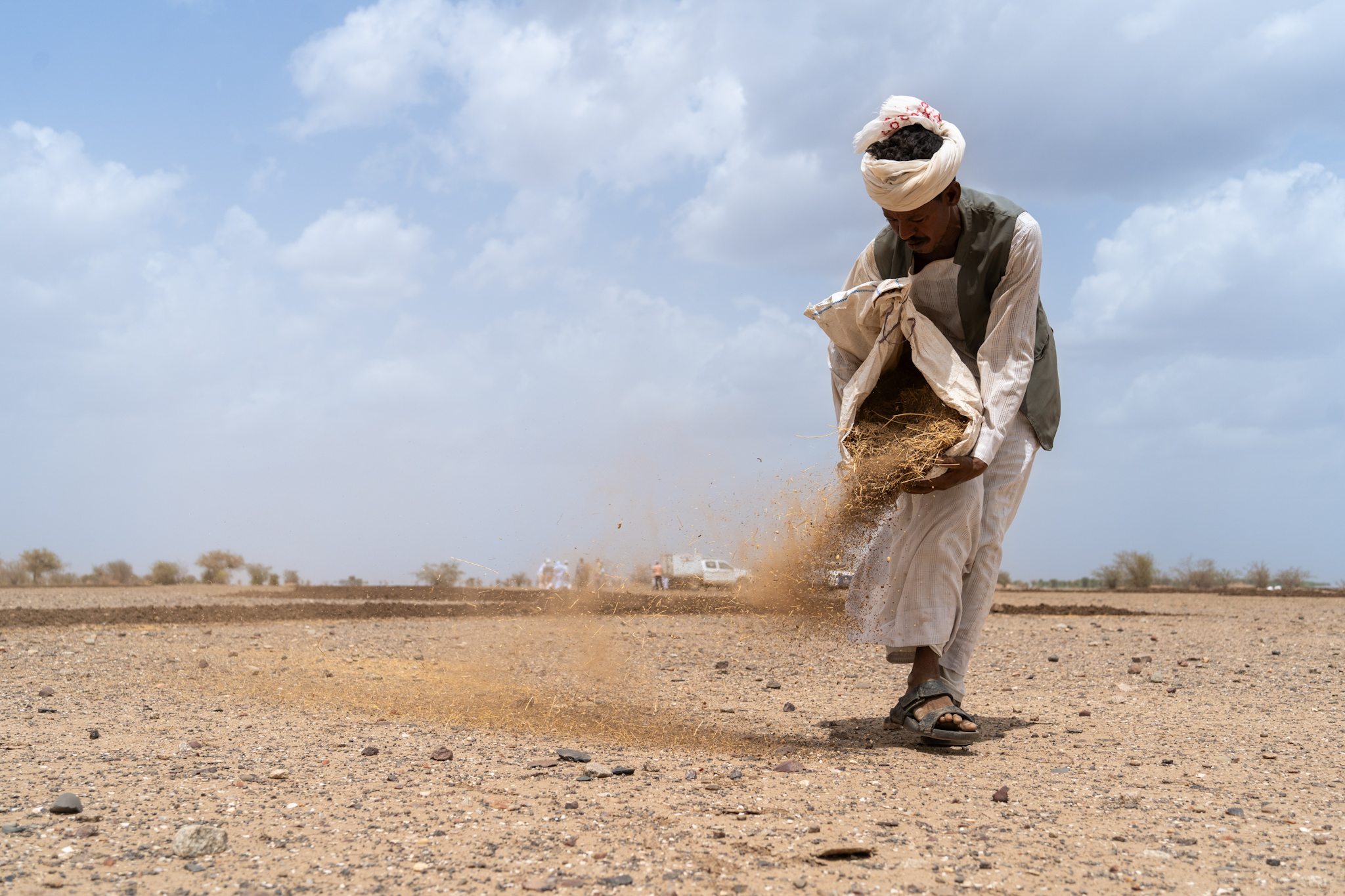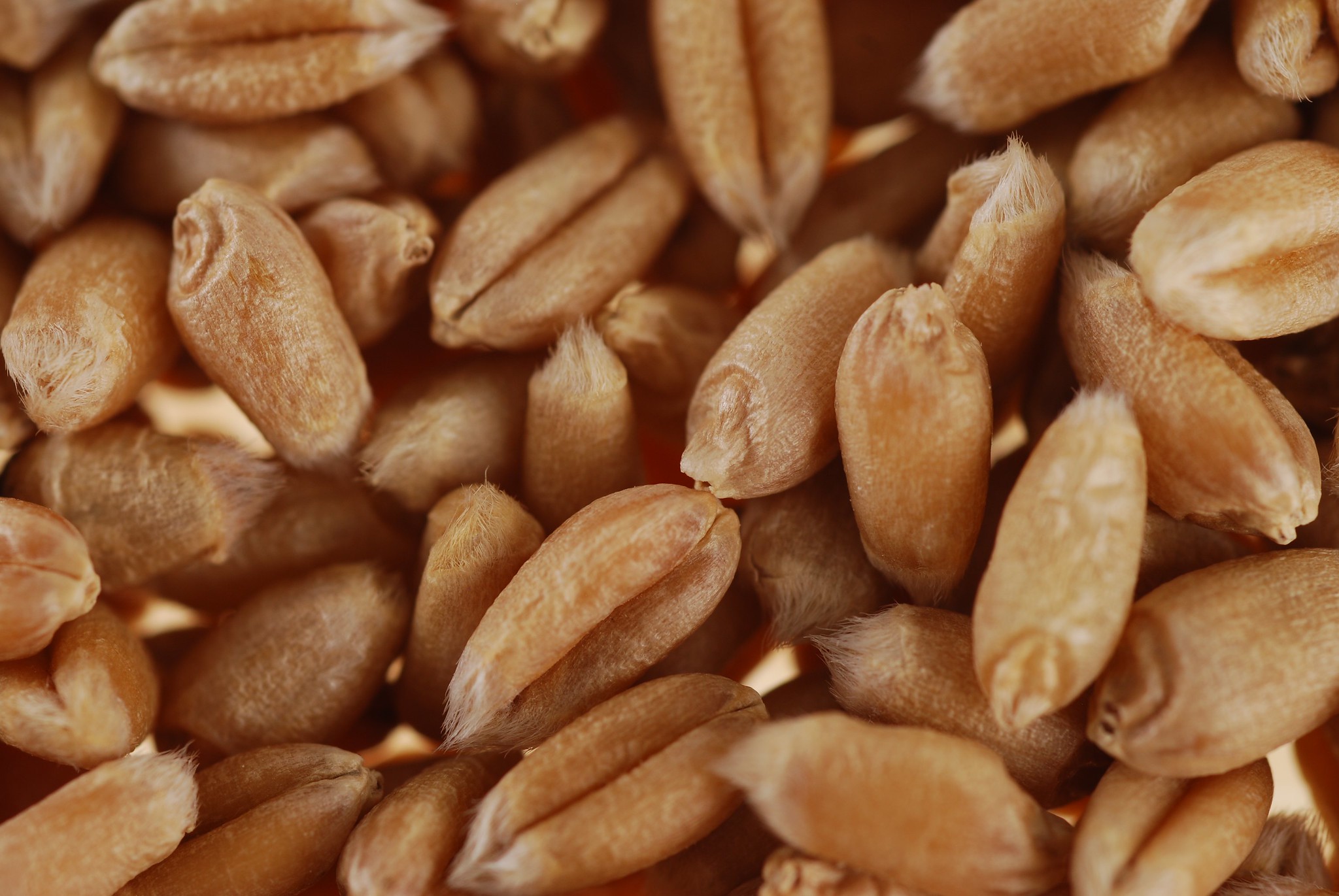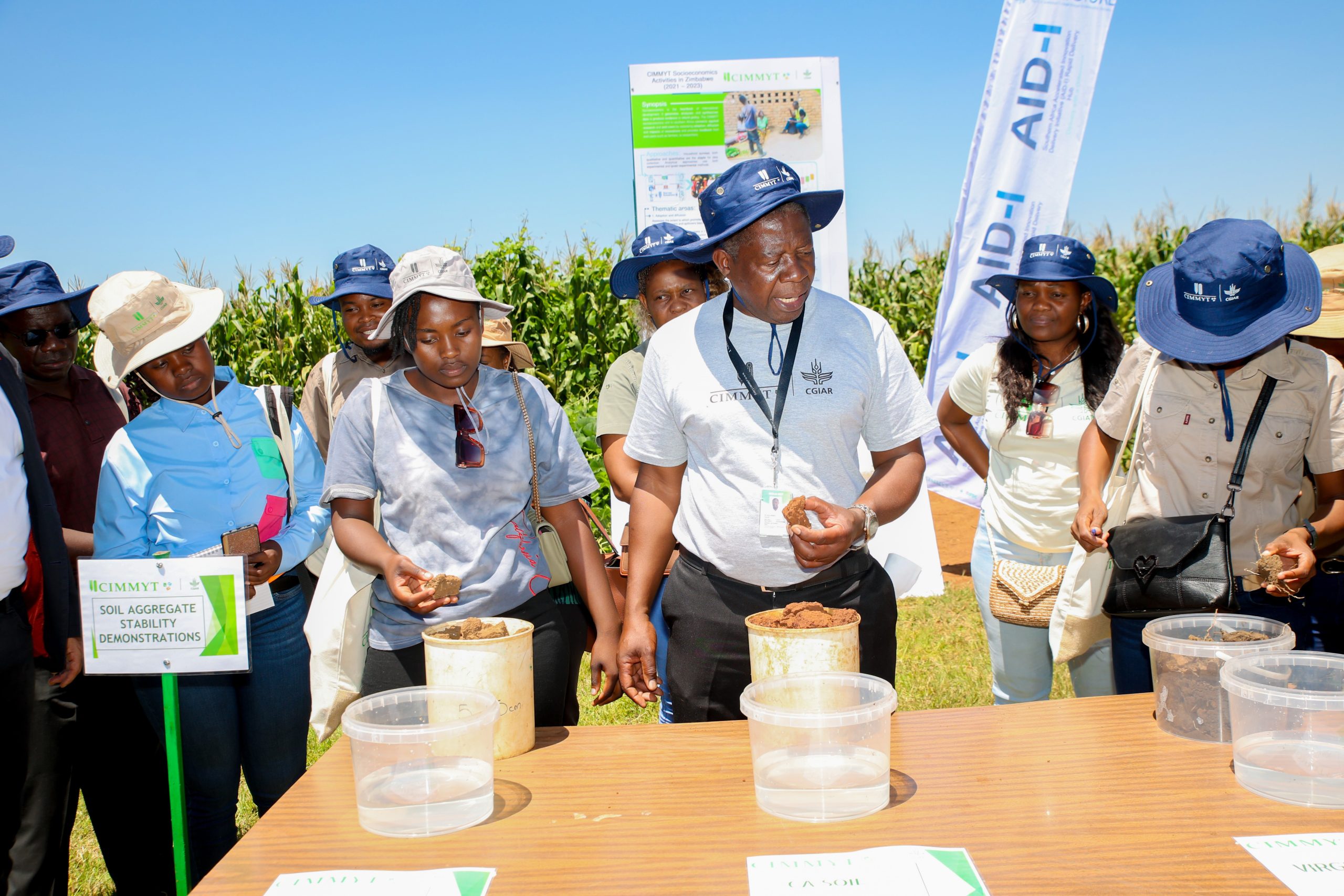Environmental health and biodiversity
The world needs better management of water, soil, nutrients, and biodiversity in crop, livestock, and fisheries systems, coupled with higher-order landscape considerations as well as circular economy and agroecological approaches.
CIMMYT and CGIAR use modern digital tools to bring together state-of-the-art Earth system observation and big data analysis to inform co-design of global solutions and national policies.
Our maize and wheat genebanks preserve the legacy of biodiversity, while breeders and researchers look at ways to reduce the environmental footprint of agriculture.
Ultimately, our work helps stay within planetary boundaries and limit water use, nutrient use, pollution, undesirable land use change, and biodiversity loss.
Munich Statement on Agriculture, Biodiversity and Security: there is no security without food security
 Climate adaptation and mitigation
Climate adaptation and mitigation
At the 2025 Munich Security Conference, CIMMYT led the call to endorse the Munich Statement on Agriculture, Biodiversity, and Security, highlighting resilient food systems and agricultural biodiversity as cornerstones of global peace and stability
Trade Partnerships and Industry Milestones
 Environmental health and biodiversity
Environmental health and biodiversity
Source: Mexico Business News ()
The State of Mexico, CIMMYT, and UNAM are supporting native corn preservation through financial aid, research, and seed donations to enhance biodiversity and sustainable farming
The land that gives life: Tomasa and Fabián’s plot
 Capacity development
Capacity development
Farmers Fabián and Tomasa cultivate with both tradition and science, using sustainable practices that nourish their land and their community
The 29th Conference of the Parties (COP29): Navigating Food Systems and Climate Challenges
 Climate adaptation and mitigation
Climate adaptation and mitigation
At COP29, CIMMYT highlighted science-driven innovations to transform food systems and strengthen climate resilience
Sustaining Health and Soil: Sundhani Tharu’s 4Rs Approach to Farming
 Environmental health and biodiversity
Environmental health and biodiversity
Sundhani Tharu, a farmer from Nepal, is transforming her community through sustainable farming practices, blending tradition with innovation to nurture healthier soils, crops, and lives
Exploration of options for functional seed systems and understanding of market needs for cereals and pulses in sub-Saharan Africa
 Environmental health and biodiversity
Environmental health and biodiversity
The Seed Systems and Market Intelligence team of CIMMYT’s Sustainable Agri-Food Systems Programme met in Kenya for a three-day retreat to review cutting-edge research on seed systems and market dynamics.
Rockefeller Foundation Invests in Nature to Support Indigenous Peoples and Rainforest Communities at COP29
 Climate adaptation and mitigation
Climate adaptation and mitigation
Source: AP News ()
The Rockefeller Foundation’s grant to CIMMYT supports regenerative agricultural research in Mexico, advancing sustainable solutions for food security, climate resilience, and biodiversity conservation
Climate Hits Barley, World Bank Boosts Gender Equality
 Climate adaptation and mitigation
Climate adaptation and mitigation
Source: Mexico Business News ()
CIMMYT and Heineken Mexico’s “Cultivando un México Mejor” program aims to combat climate change impacts on barley production through conservation agriculture, targeting 100% sustainable barley by 2030
The increasing frequency of drought challenges agriculture sustainability and livelihood of smallholder farmers
 Climate adaptation and mitigation
Climate adaptation and mitigation
CSISA’s research assesses the impact of drought on crop production practices in Bihar, highlighting the adaptation and mitigation challenges faced by farmers
This year’s World Food Prize underscores the value of seed banks and their stewards
 Climate adaptation and mitigation
Climate adaptation and mitigation
Source: NPR in Kansas City ()
This year’s World Food Prize highlights the vital role of genebanks like CIMMYT’s in preserving crop diversity, ensuring food security, and supporting climate resilience for future agricultural systems
A blueprint for soil health initiatives
 Environmental health and biodiversity
Environmental health and biodiversity
Methods developed under CIMMYT’s GAIA project and adopted by national partners recognized as a success for acid soil remediation in Ethiopia
Helping herders access grazing lands and water sources amid prevailing food insecurity in Sudan
 Climate adaptation and mitigation
Climate adaptation and mitigation
CIMMYT’s Sustainable Agrifood Systems Approach for Sudan (SASAS) program works to ensure that herders have access to rich grazing lands and safe drinking water to improve foraging conditions for their livestock
Wild wheat: The key to food security in a warming world
 Climate adaptation and mitigation
Climate adaptation and mitigation
Increased investment in researching the crop’s grassy cousins can yield a new generation of varieties that are not just climate-resilient, but also environmentally regenerative
How effective soil aggregate management can boost productivity and climate resilience
 Climate adaptation and mitigation
Climate adaptation and mitigation
Conservation agriculture helps restore degraded soils, improve soil health, and enhance crop resilience to climate challenges, though the process requires patience, careful management, and long-term commitment
How ancient wild relatives of wheat could safeguard our food supply
 Climate adaptation and mitigation
Climate adaptation and mitigation
A CIMMYT study shows ancient wild wheat relatives can boost climate resilience and disease resistance in modern varieties
